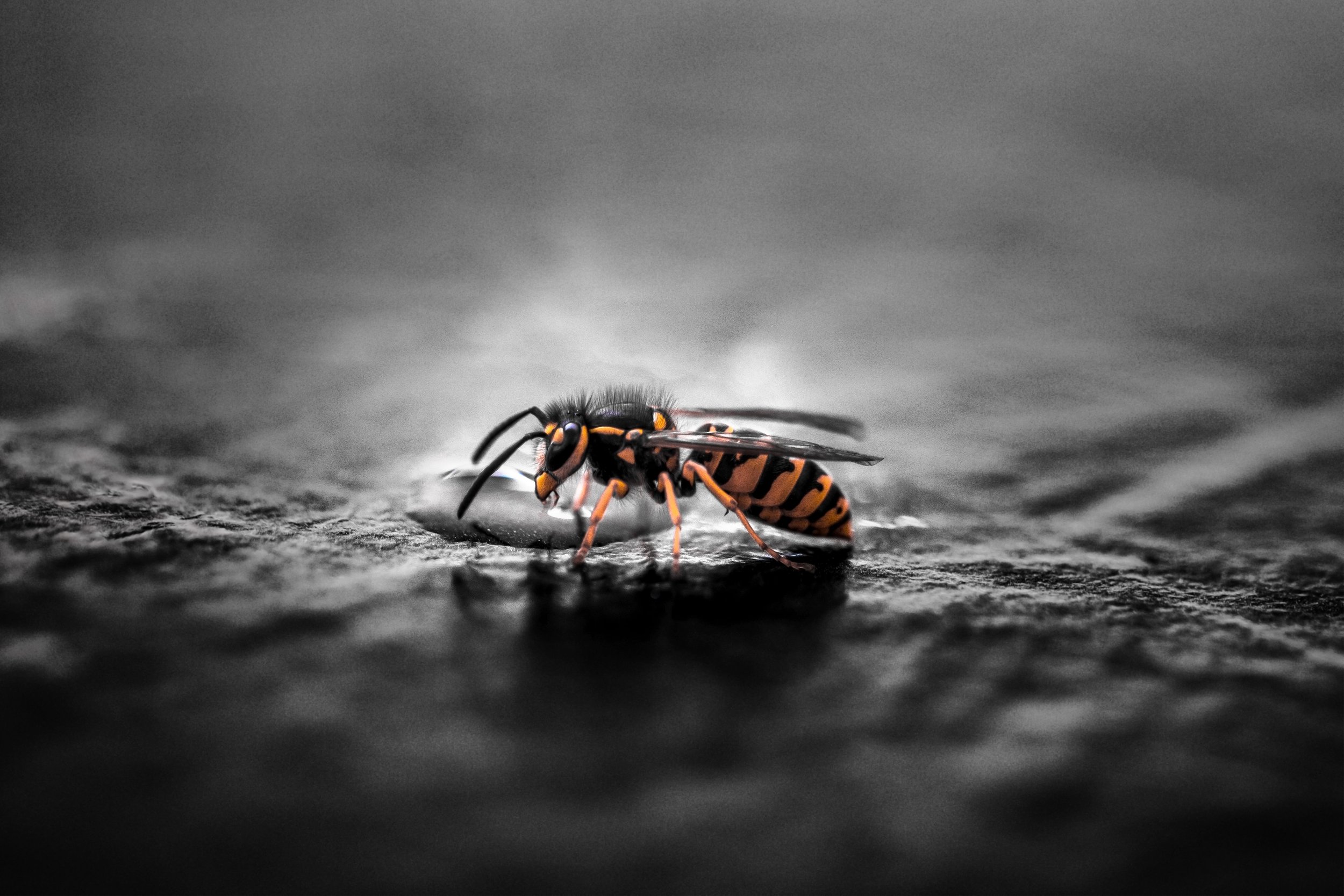A World Without Bugs? The Frightening Insect Decline in Puerto Rico
Imagine an alien space ship landing in New York, counting the population, and returning to its home planet. Now, imagine the shock in returning thirty-five years later only to find that of the 8 and a half million he had counted three years prior, he finds only about 170,000. That’s a big drop, isn’t it? Only about 2 percent remain, as a matter of fact, quite an alarming figure. What could have possibly caused 98 percent of the population to disappear? There’s no real explanation other than the glaringly obvious: something must have killed them.
Now, keep that same scenario, but trade the alien for insects and reverse the roles and, thanks to the work of researchers Brad Lister and Andres Garcia, our hypothetical suddenly becomes real. When they went to the Puerto Rican Luquillo rain forest thirty-five years ago, they had studied a bountiful, fundamental, population of insects in hopes of uncovering new knowledge about the plentiful yet mysterious animals. When they returned to the forest for the first time since 1976, in October, “it was immediately obvious”, says Mr. Lister himself. The insect population that they had found so bountiful was reduced to a mere trace of its former glory.
But what of these insects? Though to many they may just be gross little animals to be avoided at all costs, when adopting a systems view of the world, one that understands the impact of one “system” on another, despite indirect, the insect population of the world begins to gain massive importance even for the organism at the very top of the food chain: us. In terms of sheer mass, we are outweighed 17 to 1 by the buggy little beings, and we need every single one. More than 30 percent of humanity’s agricultural yields are dependent on the insects’ functions as pollinators, just as we rely on them to decompose organic matter like rotten wood and animal carcasses in the wild. A 2006 estimate by the Xerces Society for Invertebrate Conservation estimated that about $57 billion dollars worth of U.S. labor has to be attributed to insects, and the critical functions they perform for the well being of humanity.
This is why when you look up insect population you are bound to find “ecological Armageddon” amongst the most relevant results. Because, effectively, a steep decline in the world’s insect population would result in a severe strain on different branches of the food chain that start from plant life and end up at ours. It should be no surprise, then, that Lister’s study published in the Proceedings of the National Academy of the United States of America frightened both scientists and ecologists everywhere, to the point of defining its results as hyper-alarming, as Lister himself explains in the following podcast, and illustrated in the following Al Jazeera mini-doc:
On the ground, 98 percent of the insect population had disappeared, whereas further up in the leafy branches of the forest, as much as 80 percent had also vanished. The sticky plates used to count a sample of the populations went from bustling with insects and life to attracting only a few unlucky survivors. In this specific environment, their functions exceed even those of pollination and decompositions, as, once more, they are a critical tassel in an incredibly varied ecosystem where many organisms, namely the bountiful birds and lizards that inhabit the rain forest, rely on them for all feeding purposes. It doesn’t take a researcher to understand what a drop in such an important cornerstone of the food chain might exercise on the organisms that feed it. It’s no surprise that frogs and birds “also declined simultaneously by 50 percent to 65 percent.”
To find the culprit of this natural disaster, as with infinite others, we must focus our attention on ourselves. But don’t insects thrive in the heat? They do, but, much like we like our temperature a certain way the most, so do insects. Go past what the scientists call a “thermal optimum”, the temperature at which an organism thrives, and the fitness of the little insects goes completely out of the window. That’s why you see fewer insects in the winter, but also why, with tremendous increase in rainforest temperatures, their population numbers took the plummet the researchers uncovered. Back in the 1970s, in fact, on average, the region would record 0 to 1 days in a year above 29C. However, when they returned in 2018, they found that “something like 44 percent of the days” recorded were characterized by temperatures that broke past the barrier of 30C.
So, once more, we are to blame. However, all is not lost. The rainforest ecosystem can still be saved and ameliorated, as like Lister himself is quoted saying by The Guardian, “there’s no time like the present to start asking what’s going on”. With more data, a clearer picture of the system-wide effect of our harmful climate policies can come into a much clearer focus, providing us with the tools we might need for directed, precise action. “We are essentially destroying the very life support system that allows to sustain our existence on the planet”, says the researcher, “it is just horrifying to watch us decimate the natural world like this”.
We must, then, continue to investigate the extent of our actions’ reverberations on the natural world, but must not stop there. We must take action, not so much for the well being of insects, but for our own, as without them, we inherently damage our own quality of life and prospects of the future. Once more, like Lister himself said, there is no time like the present to start wondering and understanding.

